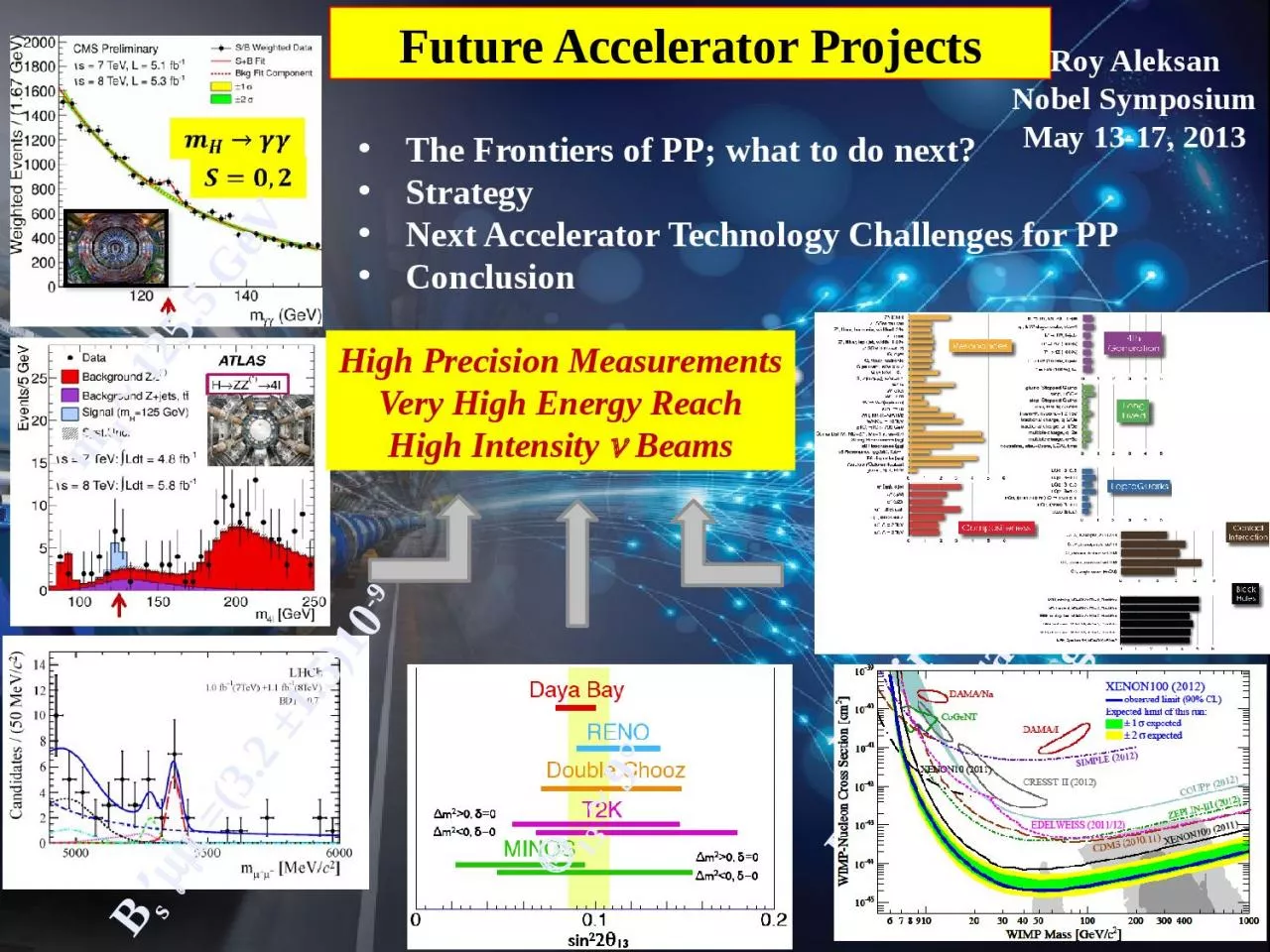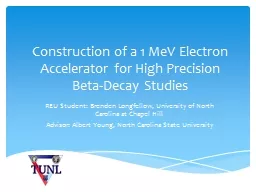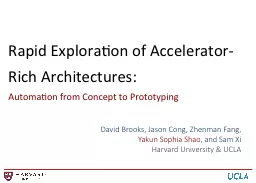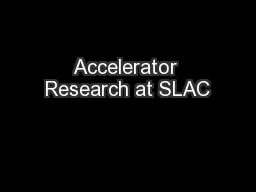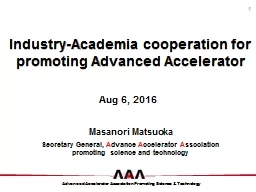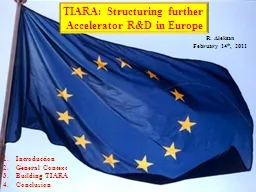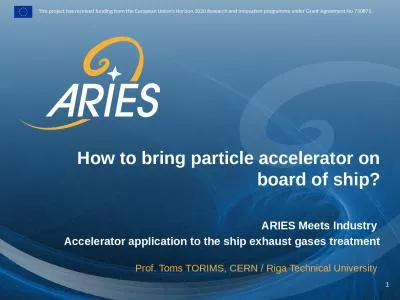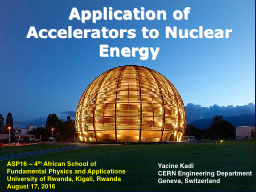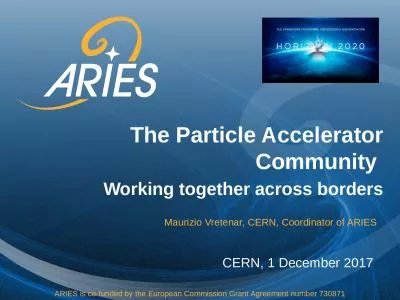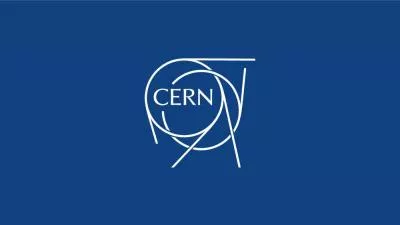PPT-Future Accelerator Projects
Author : hanah | Published Date : 2022-06-28
The Frontiers of PP what to do next Strategy Next Accelerator Technology C hallenges for PP Conclusion Roy Aleksan Nobel Symposium May 1317 2013 m H 1255
Presentation Embed Code
Download Presentation
Download Presentation The PPT/PDF document "Future Accelerator Projects" is the property of its rightful owner. Permission is granted to download and print the materials on this website for personal, non-commercial use only, and to display it on your personal computer provided you do not modify the materials and that you retain all copyright notices contained in the materials. By downloading content from our website, you accept the terms of this agreement.
Future Accelerator Projects: Transcript
Download Rules Of Document
"Future Accelerator Projects"The content belongs to its owner. You may download and print it for personal use, without modification, and keep all copyright notices. By downloading, you agree to these terms.
Related Documents

